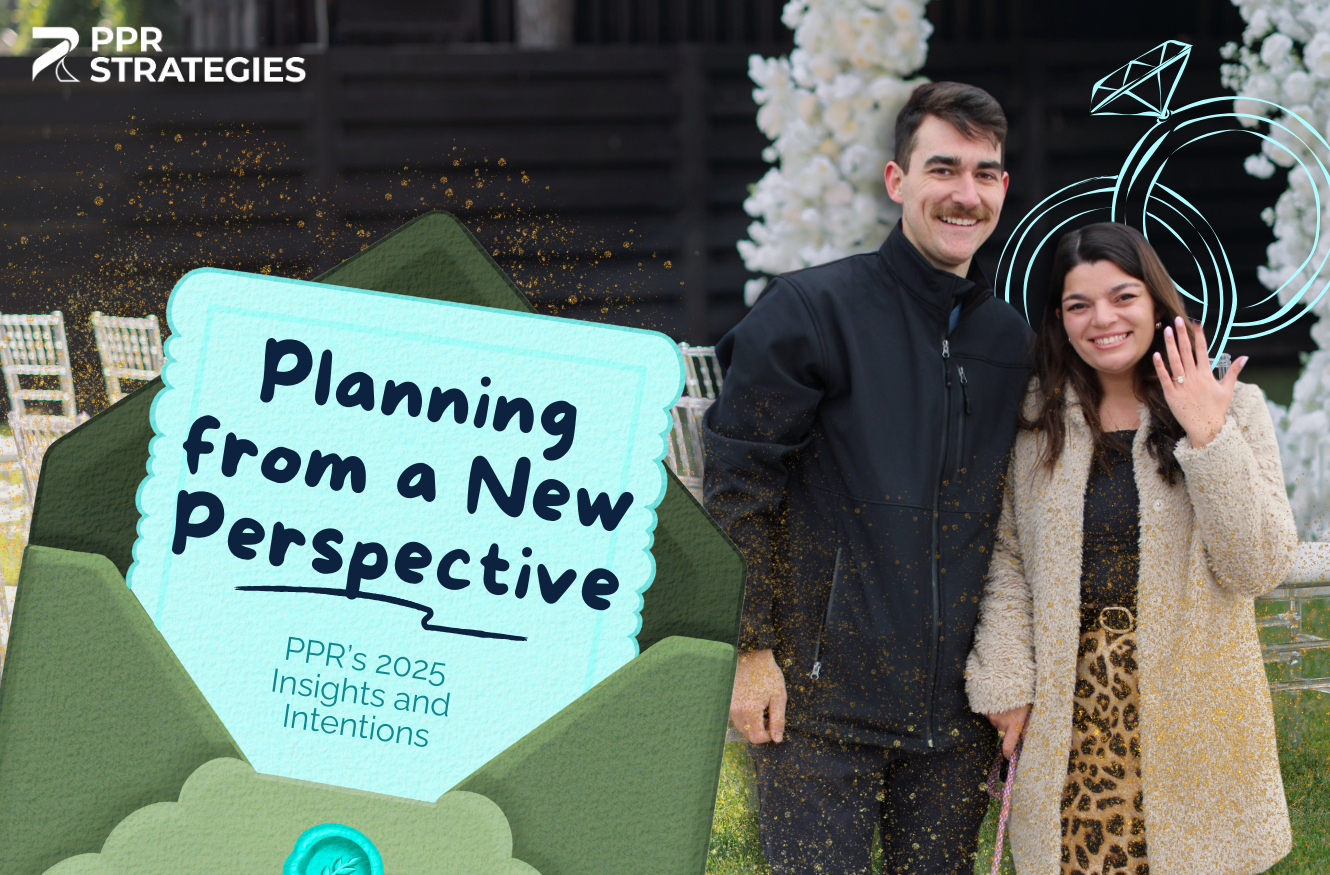Many organizations are offering hybrid events, which give participants the option of attending virtually or attending in person. After more than a year of virtual events, it’s exciting to begin having some in-person elements to events.
However, planning a hybrid event comes with its challenges, and it’s important to keep that in mind. Some elements that can happen seamlessly in person can’t happen in the same way virtually, and vice versa.
Here are a few things to keep in mind when planning a hybrid event:
- Start small. When planning a hybrid event, start with hosting an event with 20-30 people in person, and slowly start to grow from there. This gives you the chance to slowly learn what’s needed in hosting hybrid events, versus planning a huge (and most likely, costly) hybrid conference right out of the gates.
- Create social experiences people are craving right now. Be choosy about which events you offer an in-person element to, and focus on the types of activities people are craving after a year of Zoom calls. For example: happy hour activities or networking events.
- Keep the educational events online – for now. We suggest continuing to offer educational events online that remove the barriers of travel and expense, both for attendees and for subject matter experts. These are the types of events people are attending for the content more so than the in-person connection.
- Think through the attendee experiences both in person and online. There are many in-person experiences that won’t naturally translate virtually, and vice versa, so these need to be thought through in advance. For example, if you’re doing a walking tour in person, what are your virtual attendees doing at that time? How can you keep both groups simultaneously engaged?
- Think through whether the speaker will be in person or on Zoom. If your speaker is in person, you’ll need to make sure to accommodate for the attendees over Zoom, and vice versa.
- Ensure you have a strong Internet connection. This can’t be stressed enough. For a hybrid event to be a success for your virtual attendees, you’ll need to find out: Is there reliable, high-speed Internet access at the site of the event? Will it work properly and seamlessly to livestream the event?
- Set up high quality sound, visual, and lighting components. You’ll need to use microphones, cameras, and proper lighting to livestream the event to your virtual attendees.
Overall, you’ll want to always be considering what the experience is like for your in-person and virtual attendees each step of the way. Will they be able to clearly see and hear the speaker? How will they interact with one another? How will you accommodate for the two different experiences?
There’s a huge value in gathering together in person. Human to human interaction is so critical for relationship building, and it’s something we’re all looking forward to doing again, safely. After this year, the virtual experience won’t be going away either. The best way to figure out how to merge the two is to take small steps, slowly, where you’ll learn each step of the way.
Looking for support planning your hybrid events? PPR Strategies can help. Contact us to set up a free 15-minute consultation.
‘Til next time,
Sandy
P.S. Upcoming Event: I’m speaking at the Eastern Panhandle Entrepreneurs Forum on Thursday, June 10th at 4:00 pm EST on “Digital Marketing Trends & Promoting Your Business Following COVID-19.” If you’d like to get some timely digital marketing ideas and inspiration, you can join us! Click here to download the flyer and get the Zoom log-in info.








